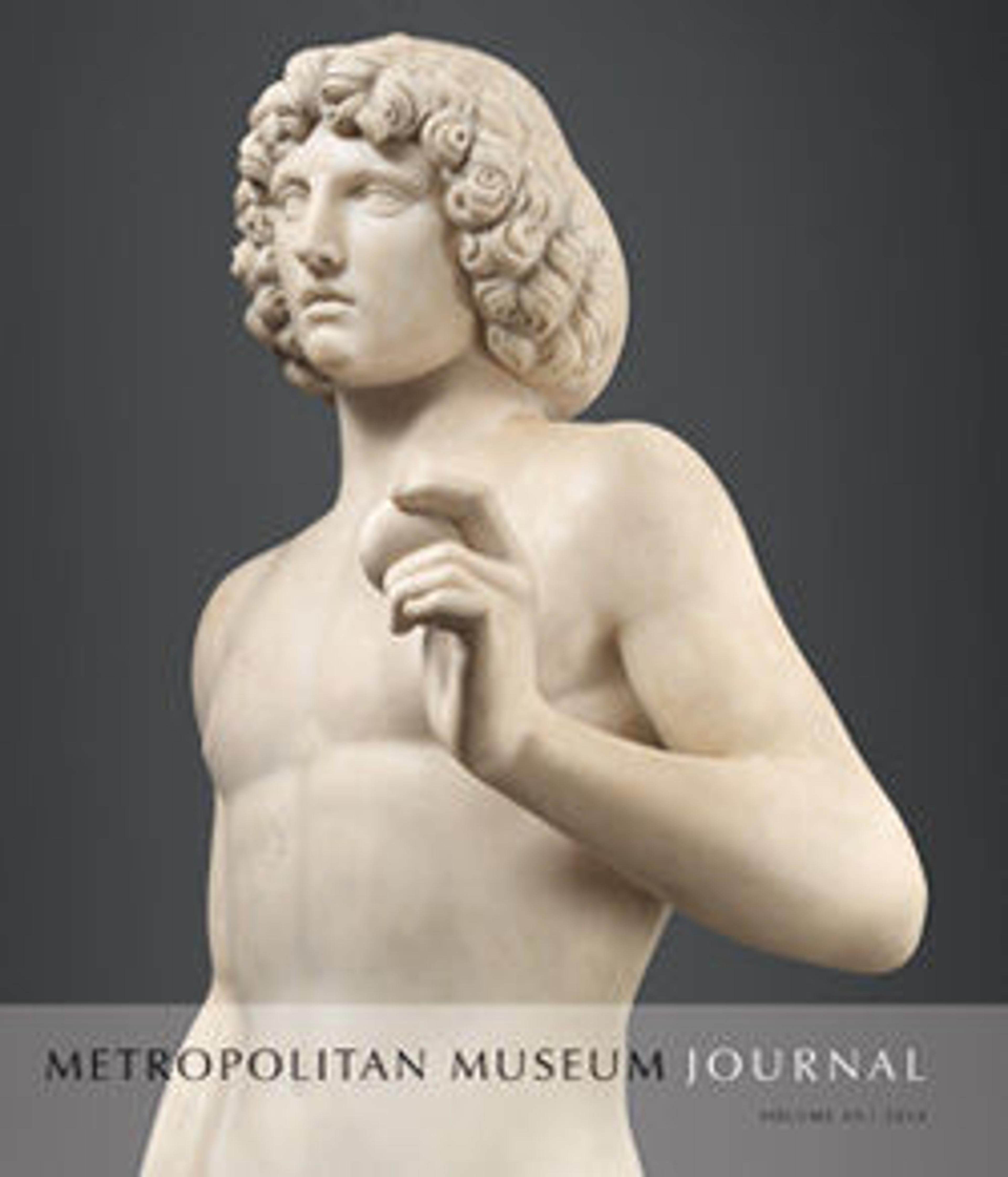Covered box with vajra
The two crossed vajra pestles depicted on the box’s cover are commonly used in Esoteric Buddhist rituals. In the shape of a club with multiple prongs on both ends, the vajra is a ritual weapon with indestructible and irresistible power symbolizing the energy of enlightenment. This ornament indicates the box was originally made for Buddhist ritual use, likely as a container of incense.
Artwork Details
- 明中期 掐絲琺瑯金剛杵紋盒
- Title:Covered box with vajra
- Period:Ming dynasty (1368–1644)
- Date:mid-16th century
- Culture:China
- Medium:Cloisonné enamel
- Dimensions:Diam. 8 1/2 in. (21.6 cm)
- Classification:Cloisonné
- Credit Line:Gift of Edward G. Kennedy, 1929
- Object Number:29.110.90a, b
- Curatorial Department: Asian Art
More Artwork
Research Resources
The Met provides unparalleled resources for research and welcomes an international community of students and scholars. The Met's Open Access API is where creators and researchers can connect to the The Met collection. Open Access data and public domain images are available for unrestricted commercial and noncommercial use without permission or fee.
To request images under copyright and other restrictions, please use this Image Request form.
Feedback
We continue to research and examine historical and cultural context for objects in The Met collection. If you have comments or questions about this object record, please contact us using the form below. The Museum looks forward to receiving your comments.
